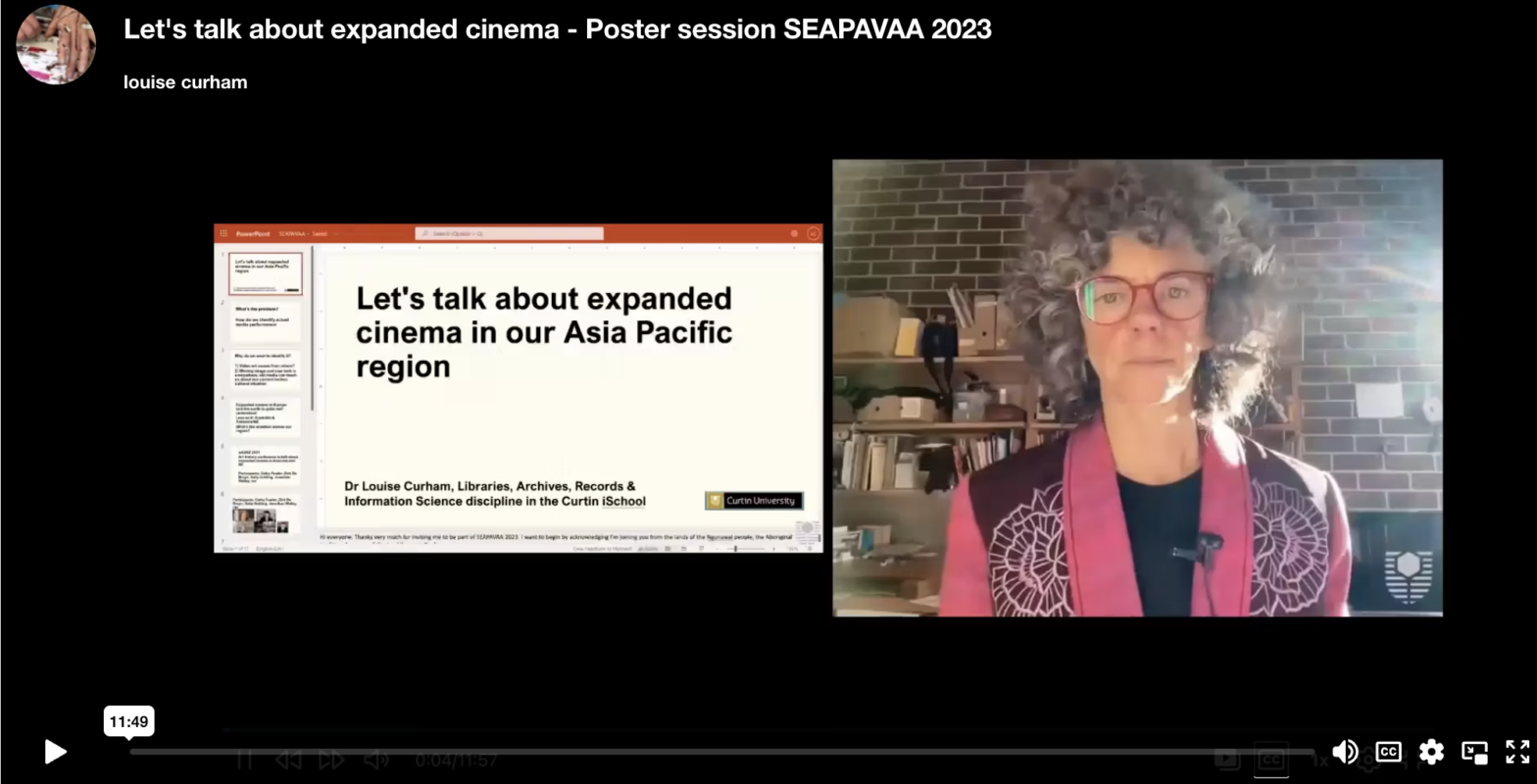Subtitle: Louise’s PhD uses (Wo)Man With Mirror as a case study for performance-dependent heritage and things that need passing on from person-to-person; why we involved an anthropologist; why this blog post is/is not a record.

At the Urambi Village Community Centre, Saturday 19 March 2016. Left to right: Louise Curham (Teaching and Learning Cinema), Laura Hindmarsh (artist), Peter Humble (cinematographer), Diana Glazebrook (foreground, anthropologist), Lucas Ihlein (Teaching and Learning Cinema).
Louise’s PhD uses (Wo)Man With Mirror as a case study for performance-dependent heritage and things that need passing on from person-to-person
In this picture, Teaching and Learning Cinema and colleagues are gathered in Canberra to work with visiting artist Laura Hindmarsh to ‘use’ Teaching and Learning Cinema’s (Wo)Man With Mirror user’s manual. We will spend the next two days getting to the point where we’ve shot Laura’s film. A few weekends later, we’ll work with Laura as she puts together a performance using the film.
Continue reading “Work starts on ‘using’ the (Wo)Man With Mirror user’s manual”



